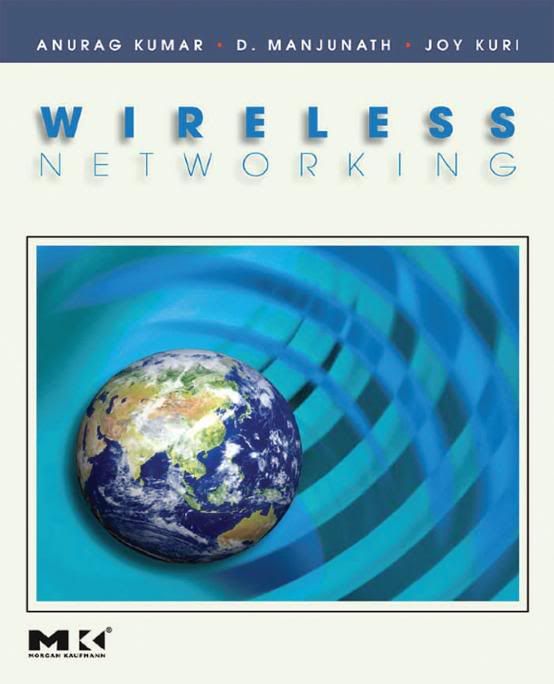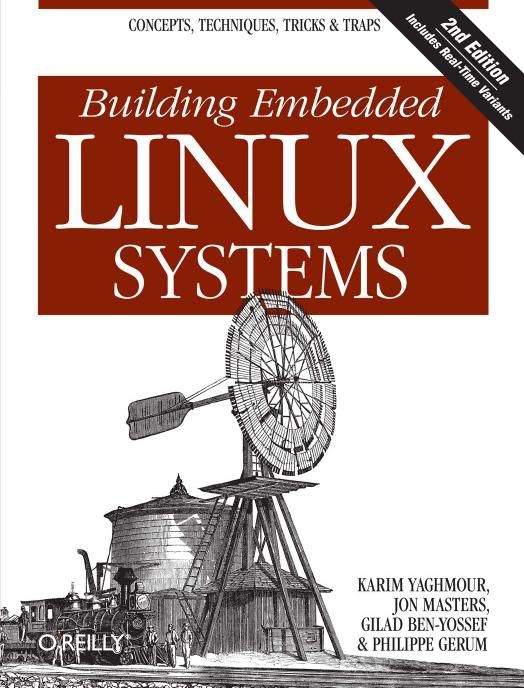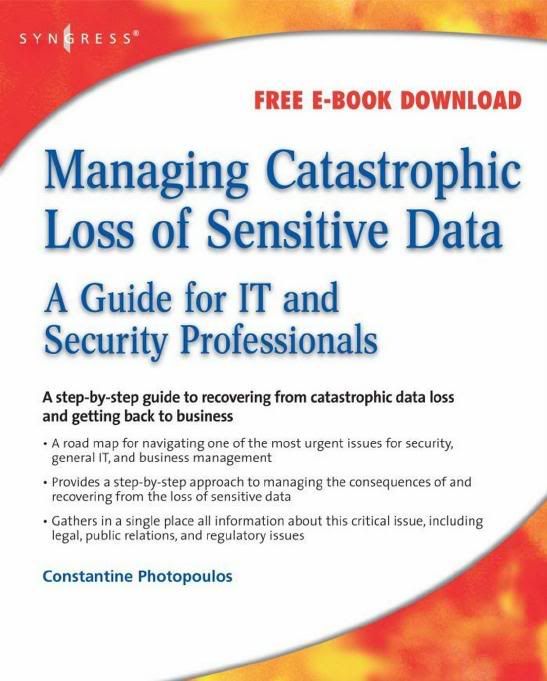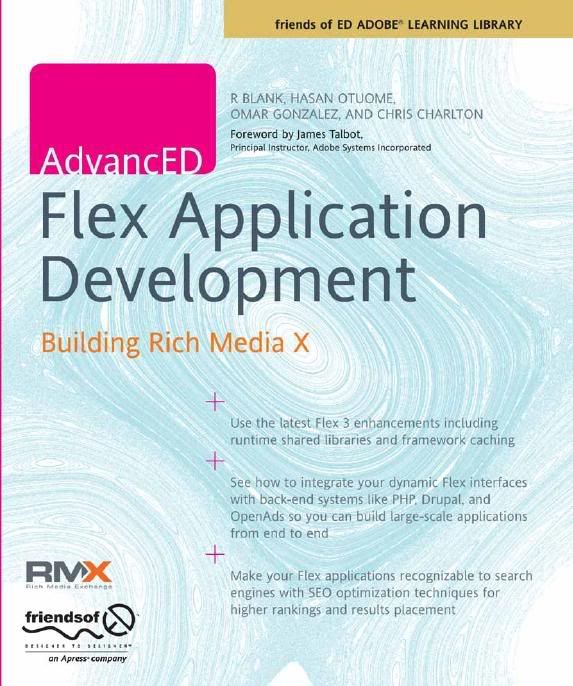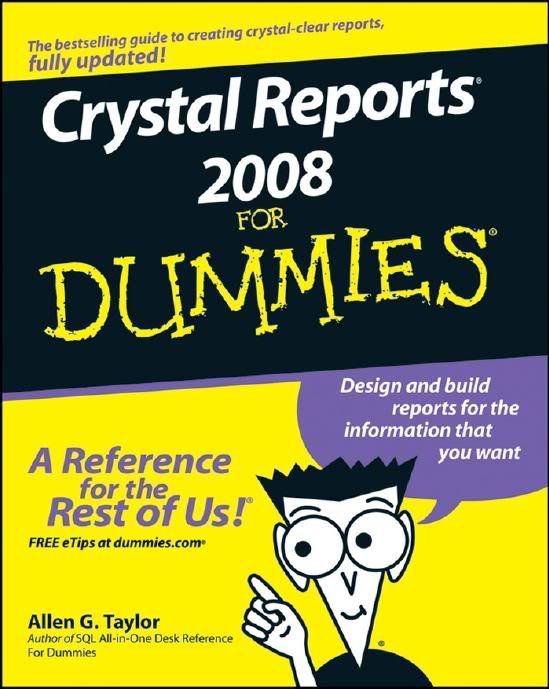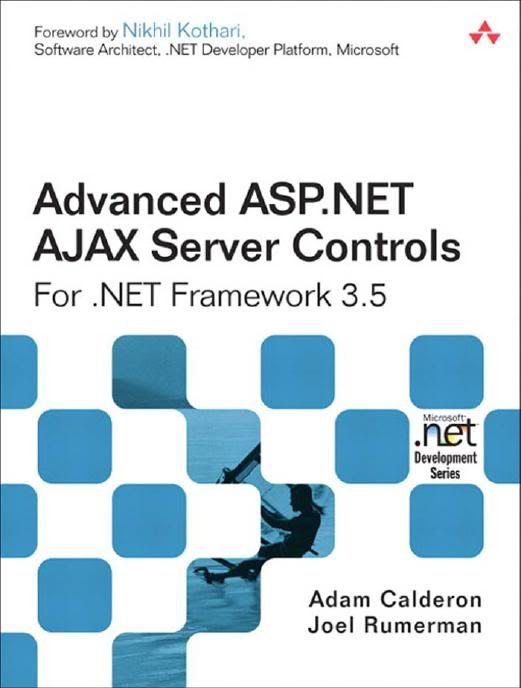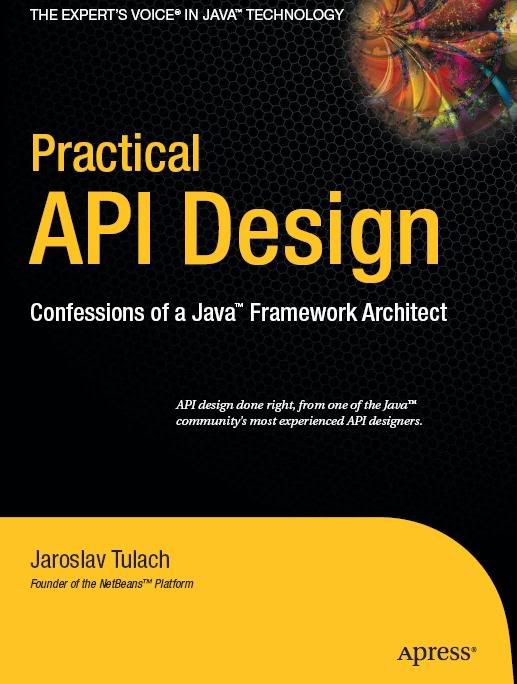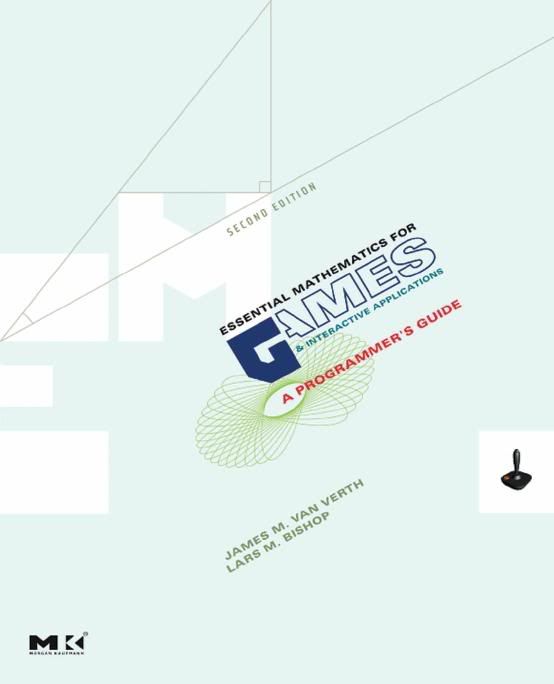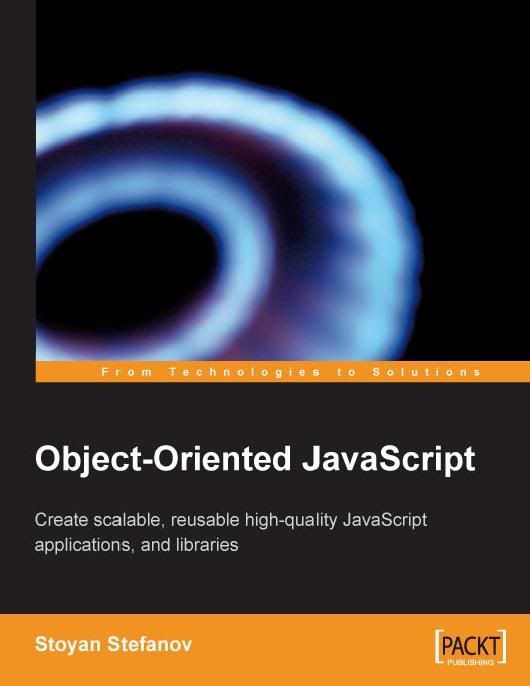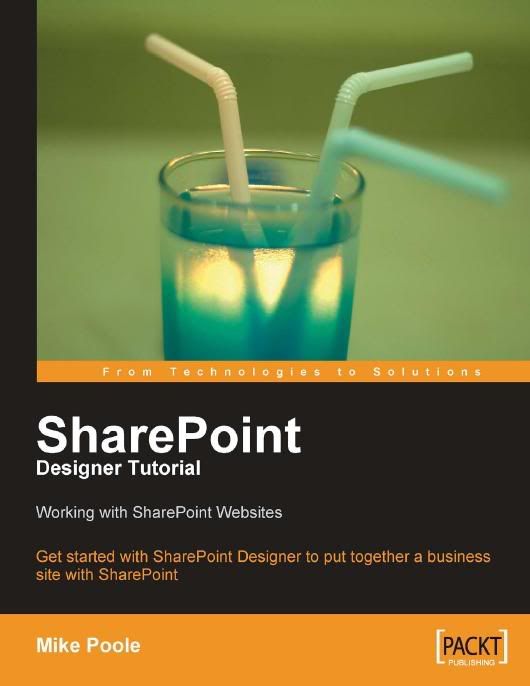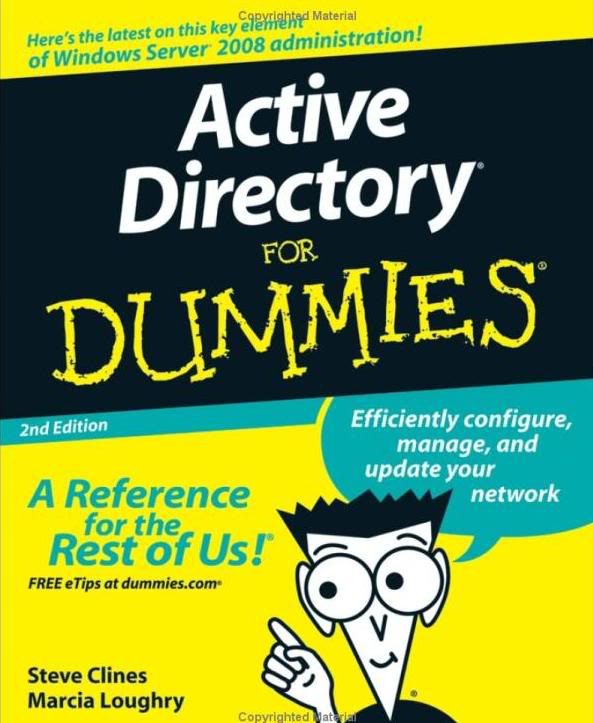
Whether you’re new to Active Directory (AD) or a savvy system administrator looking to brush up on your skills, Active Directory for Dummies, 2nd Edition will steer you in the right direction! Since its original release, Microsoft’s implementation of the lightweight directory access protocol (LDAP) for the Windows Server line of networking software has become one of the most popular directory service products in the world. If you are involved with the design and support of Microsoft directory services and/or solutions, you really need this book!
You’ll understand the basics of AD and utilize its structures to simplify your life and secure your digital environment. You’ll discover how to exert fine-grained control over groups, assets, security, permissions, and policies on a Windows network and efficiently configure, manage, and update the network. You’ll find new and updated material on security improvements, significant user interface changes, and updates to the AD scripting engine, password policies, accidental object deletion protection, and more. You will learn how to:
* Navigate the functions and structures of AD
* Understand business and technical requirements and determine goals
* Become familiar with physical components like site links, network services, and site topology
* Manage and monitor new features, AD replication, and schema management
* Maintain AD databases
* Avoid common AD mistakes that can undermine network security
Complete with lists of the ten most important points about AD, and ten cool Web resources, and ten troubleshooting tips, Active Directory For Dummies, 2nd Edition is your one-stop guide to setting up, working with, and making the most of Active Directory.
==> Download <==



